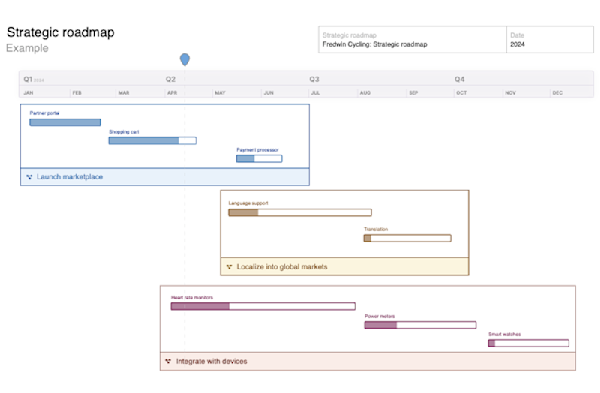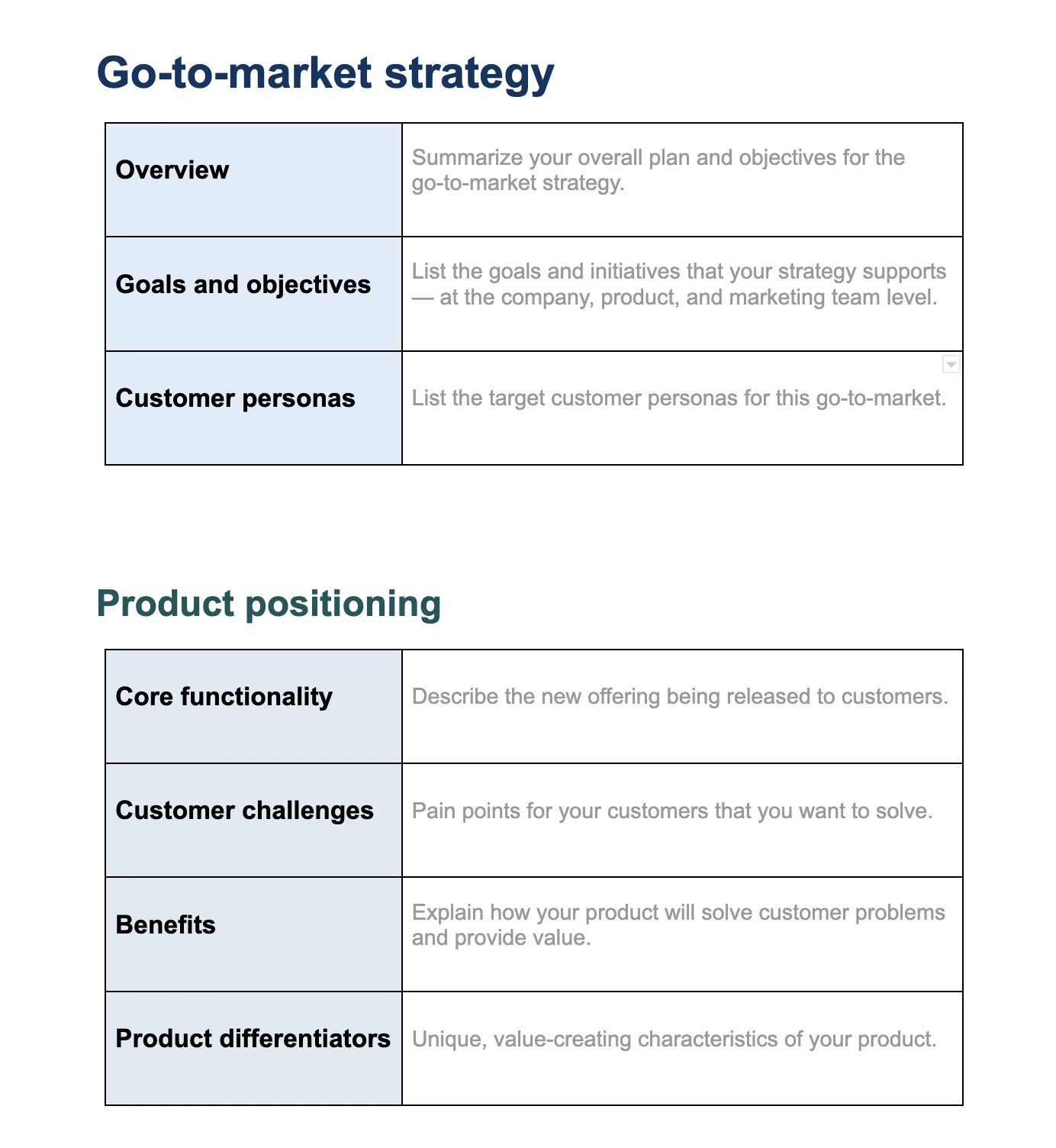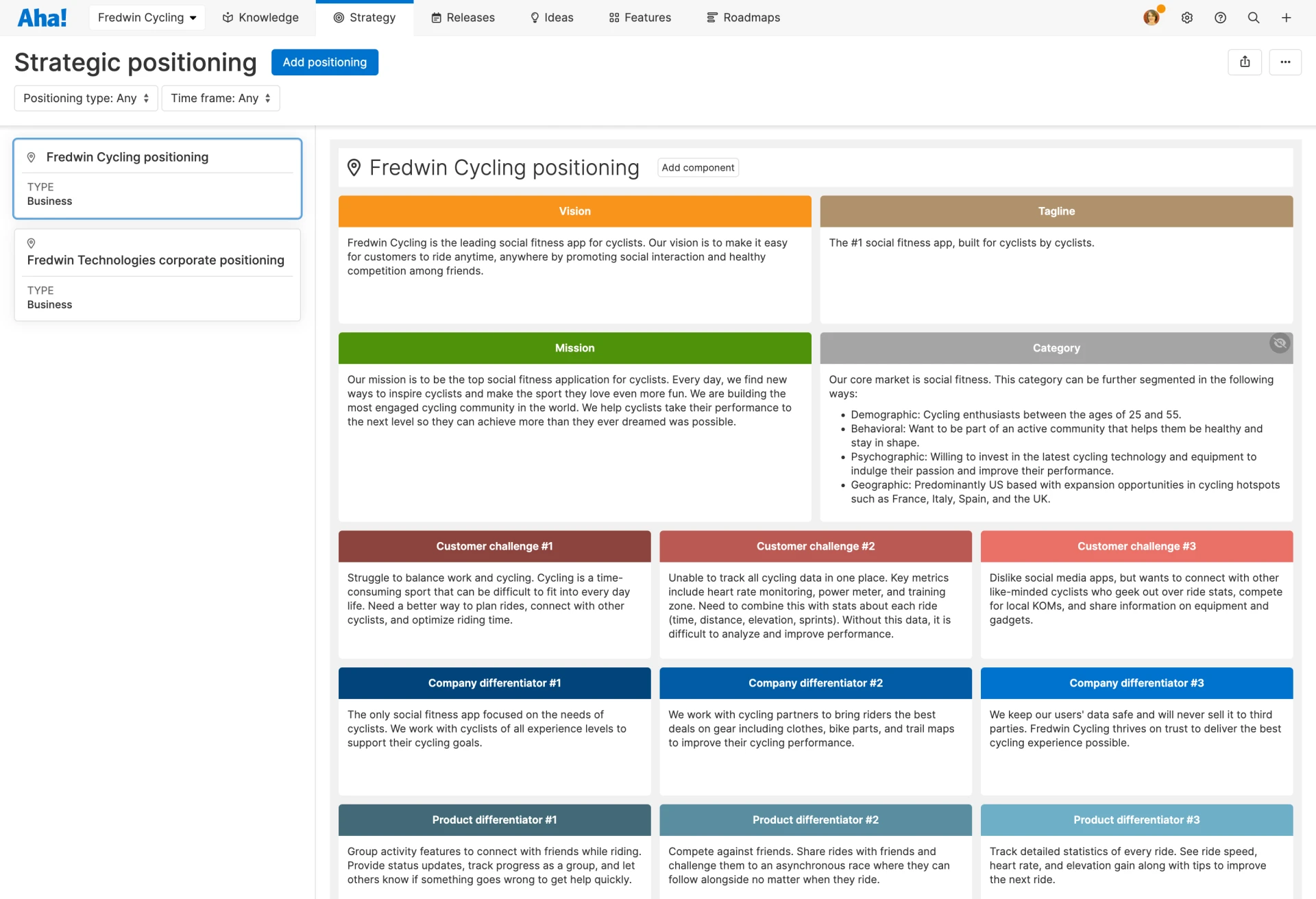What is a go-to-market strategy?
Learn how to create a go-to-market strategy that drives successful launches
Last updated: November 2025
Build an effective go-to-market (GTM) strategy to plan successful product launches, align teams, and communicate product value. Plus, get started with our free GTM strategy template. |
If you release a new product feature and no one hears about it — does it even make a difference? It takes a lot of hard work to ideate, plan, roadmap, build, and deliver new product functionality. But the value of what you have created is not always apparent to customers. It is up to you to deliver the gift.
This is where go-to-market strategy comes in. A go-to-market (GTM) strategy outlines how you plan to launch new experiences to customers, including how you will communicate the value of what is being released. The goal is to translate technical functionality into messaging that resonates with your audience — informed by the overall product strategy.
Set strategy and launch brilliant products with Aha! software. Sign up for a trial.
Product development teams craft go-to-market strategies to stir up awareness and excitement around all types of launches — for brand new products, enhancements to existing ones, and expansions into new markets. GTM strategy can also encompass long- or short-term plans. You might review GTM strategy annually to examine how your overall approach is performing and get aligned on major product plans for the year. In the short term, go-to-market strategy focuses on the individual releases happening on a regular cadence.
In this guide, we will cover the "who", "why", and "what" behind excellent go-to-market strategies (plus, we will throw in a free template to help you get started). Keep reading or jump ahead here:




